With any exercise, there are certain precautions we need take to avoid getting injured -- even starting with what we wear to work out. But if you're a women who likes to run, the quality of your sports bra may be as important as your running shoes when it comes to staying injury-free.
Dr. Jenny White is a part of the Research Group in Breast Health at the University of Portsmouth in the UK, which has looked at the effect of high-impact exercise on women's breasts. She spoke with the web series #OWNSHOW about her research findings.
"We asked lots of female volunteers to come into our lab and we filmed them... running in different sports bras, and without bras as well, to understand what happens to the breasts whilst we run," White explains in the above video.
Many people assume that the movement is a predictable up-and-down motion, but the research says there's much more going on.
"We found that actually only 50 percent of the movement is actually up and down," she says. "Actually we get quite a lot of side-to-side movement, and movement forwards and backwards as well."
If you're not protecting your breasts properly, all of this movement doesn't just mean you may have an uncomfortable or even painful run. It actually could cause your breasts to sag prematurely.
"The breast is very delicate as a tissue, and it doesn't have any muscles to support it," White says. "So, if we keep stretching that tissue over time, we do think that it could lead to premature sagging of the breasts."
The best way to help prevent this is to make sure you're wearing a supportive sports bra when you run. Some women also do pectoral exercises to firm up the muscle underneath the breast, and while White warns that this isn't likely to reverse sagging, she believes that it does have its value.
"If you can train your pec muscles, then you'll generally feel fitter, and that might help to reduce any breast pain anyway," she says.
Related
Before You Go
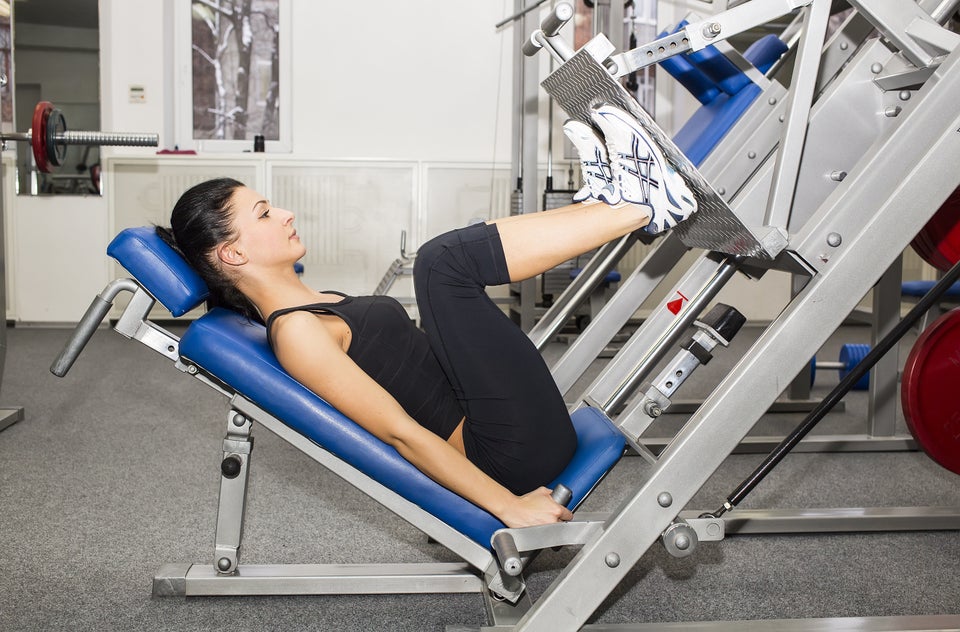
The issue: "Functional fitness" exercises that mimic the moves we do every day strengthen the muscles used most often and help us avoid injury. Weight machines, on the other hand, usually focus on one muscle group at a time, and they don't replicate the way we move in the course of our daily lives, says Vonda Wright, MD, a Pittsburgh-based orthopedic surgeon who specializes in injury prevention and mobility. (When's the last time you laid down on your back and pushed a heavy object up with the soles of your feet, like you would on a leg-press machine?) They're not a the most efficient way to build muscle -- for example, you'd use three different machines (leg press, back extension, overhead press) to work the same areas you would with one total-body dumbbell move (squat and overhead press), and you could still get injured. What's more, these machines are usually designed to fit men's bodies, which tend to have a longer limbs and an extended reach.
The fix: For maximum efficiency, try total-body exercises that involve squatting, bending, lunging and reaching. Wright suggests cardio-strength moves like walking lunges with a weight ball, squat jumps and wood-choppers. Or alternate your machine workouts with boot camp classes that focus on strength-building moves.
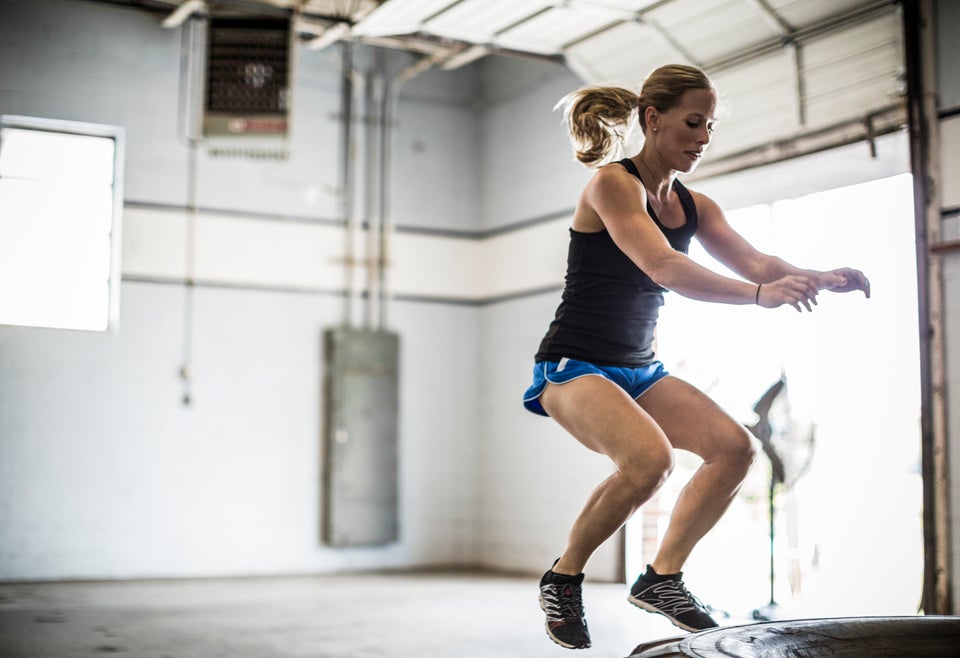
The issue: When you're jumping down from any height, you increase the force and pressure on your joints, so the way you land becomes crucial in preventing injury, says Wright. Men, she says, instinctively seem to get it: They land with their butt sticking out and their knees both facing forward and deeply bent, which absorbs impact. Women, shes noticed, tend to land with their legs straighter and their knees closer together, which can be hard on the joints (it could even cause a ruptured ACL).
The fix: Wright recommends starting with standing broad jumps (where you swing your arms and jump forward with both feet) until you perfect your form and are able to land without wobbling. Increase the height very gradually, and consider stepping down to the ground instead of jumping.
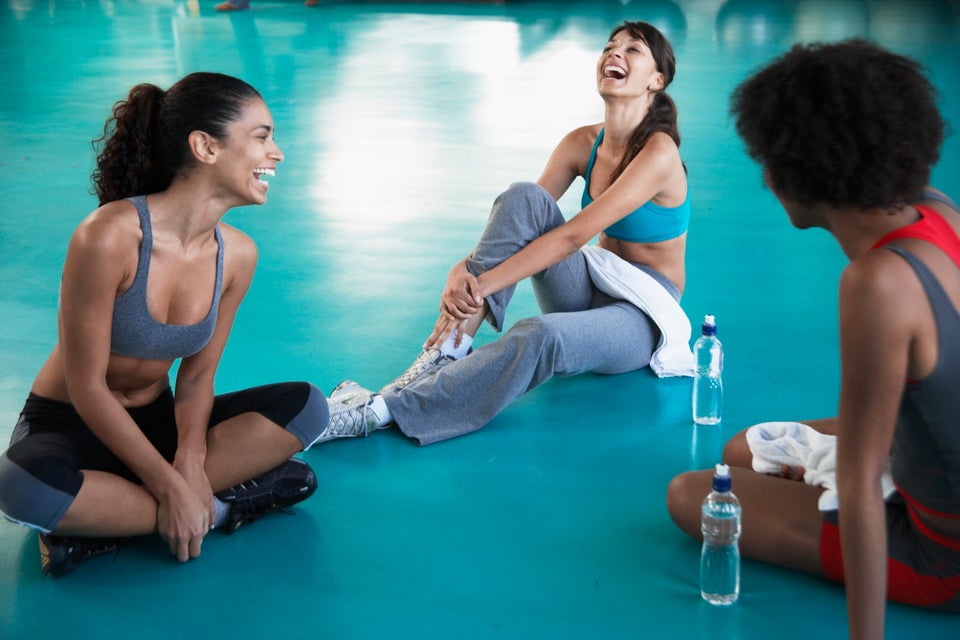
The issue: Fitness pro Bob Greene often sees women hanging out between sets at his boot camps and the gym, which, he says, can really undermine their workouts. Socializing on the phone gives your muscles too much time to recover -- you need them slightly fatigued in order to build strength.
The fix: Instead of taking a break, Greene suggests taking a brief "pause" that lasts for just 15 to 30 seconds. "Any more than that and you'll lose the benefit you gained from the previous set," he says.
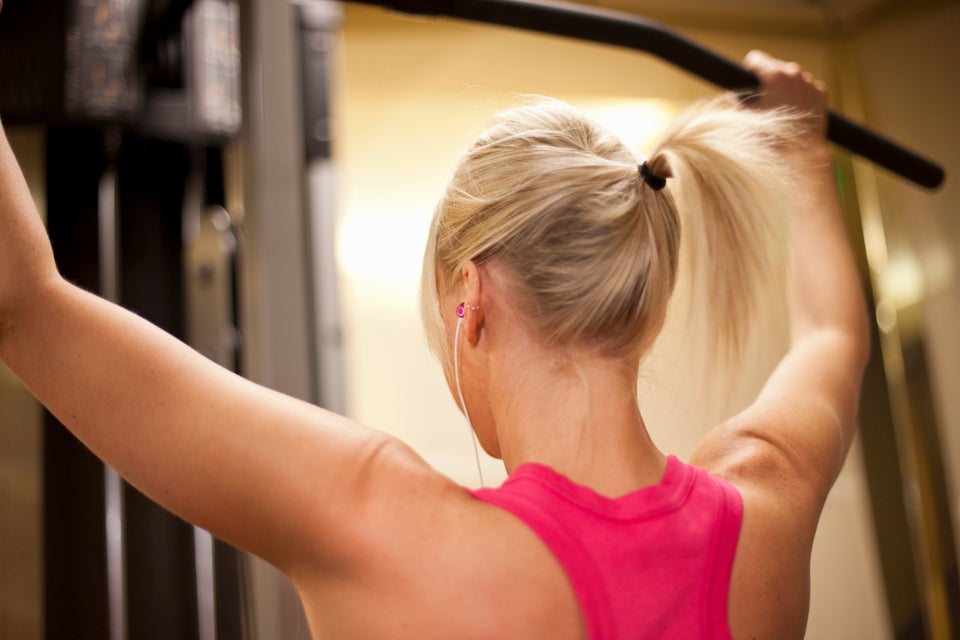
The issue: With the rise of the super-minimalist, industrial-chic -- or just industrial -- gyms, mirrors can be hard to find. Even in gyms where mirrors line every wall, some people find them distracting, so they don't use them. A mirror, though, can be a great way to keep an eye on your form, says Wright, and can help you make sure you're doing an exercise correctly 100 percent of the time.
The fix: Use the mirror, especially when you're doing technical moves like power cleans, deadlifts or even squats (so basic, yet so easy to do incorrectly).
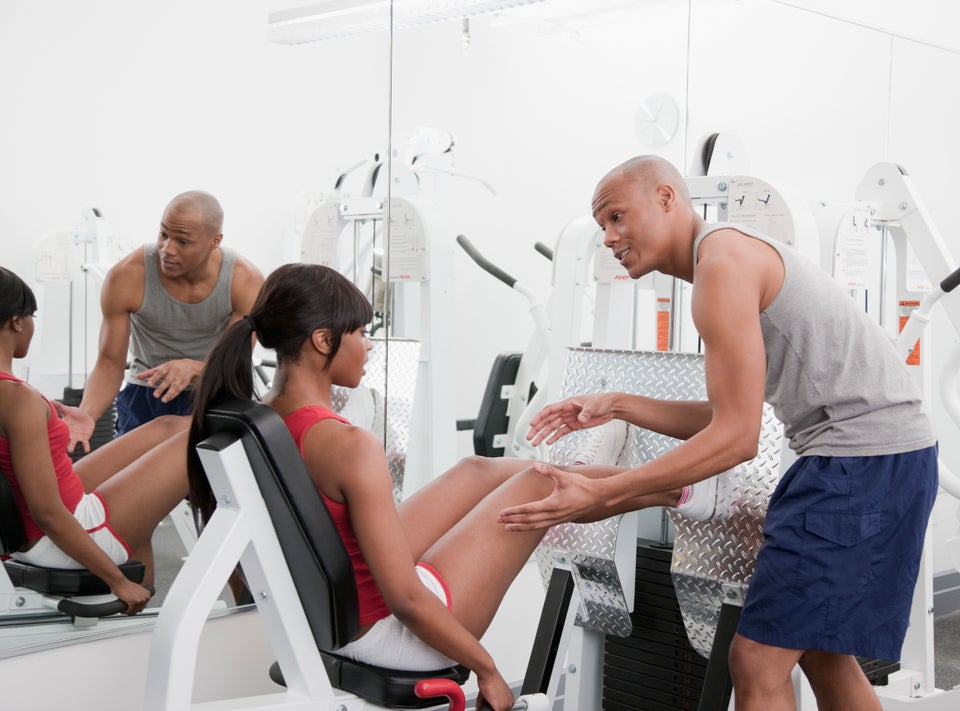
The issue: When you're tired or unfocused, you compromise your form, and that's when injuries happen, says Jessica Matthews, an associate professor of exercise science at Miramar College in San Diego. Just one sloppy rep, especially when holding heavy weights, can cause you pain or discomfort for weeks. Over time, pushing yourself too hard -- or letting someone else push you -- can lead to serious overuse injuries (like in this woman's case).
The fix: Tell your trainer as soon as you feel dizziness or pain (even soreness can be a problem if it's affecting your form) or if you're seriously dragging. You trainer won't hold it against you -- in fact, it's in his best interest to keep you healthy, safe and active.

